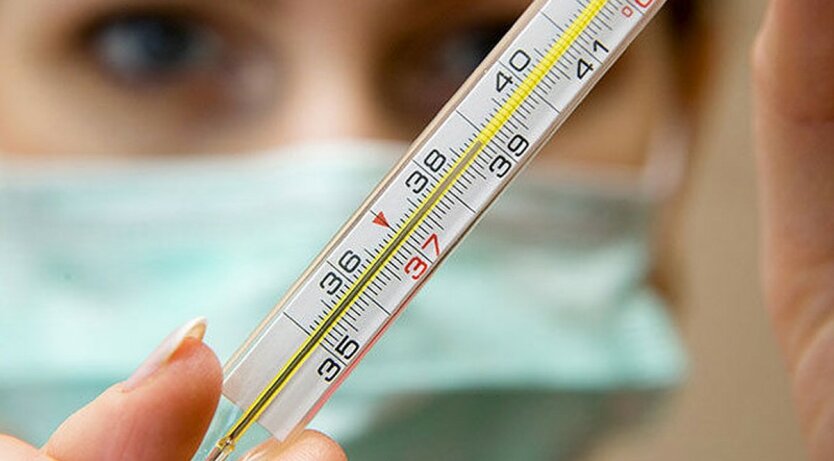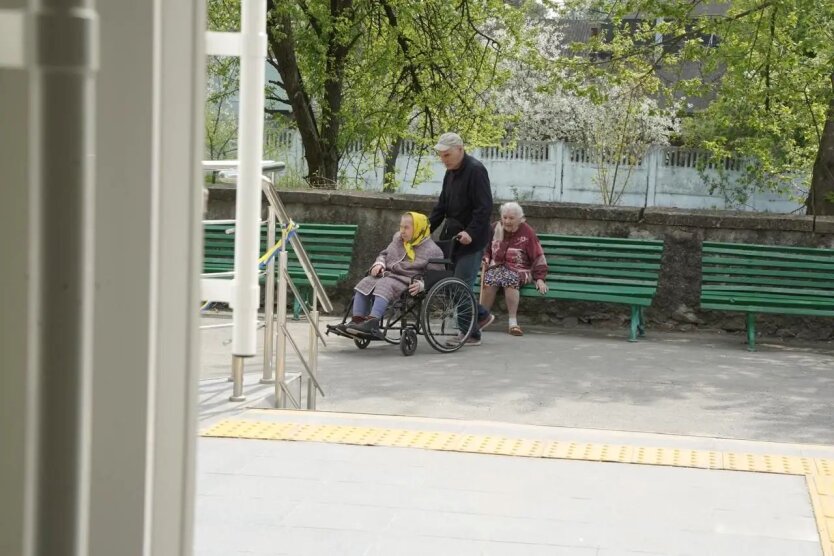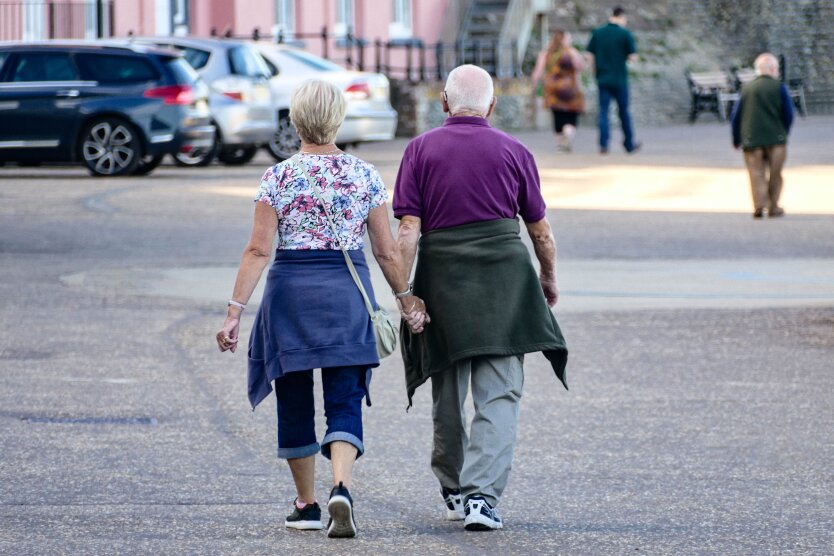Research: COVID-19 Makes Us Vulnerable to Other Infections.


Many COVID-19 patients feel that they have become more vulnerable to other illnesses. Colds occur more frequently, lasting longer, and coughing becomes stronger and does not go away as quickly.
Researchers from Saint Louis University (USA) analyzed the medical records of over 200,000 COVID-19 patients and 600,000 people without the infection. They concluded that the risk of contracting other infections increases by 20-50% depending on the severity of the illness. This was reported by Bild.
One year after the coronavirus, patients are more prone to bacterial infections, fungi, viruses, respiratory diseases, and acute lung injuries. Even those who had a mild form of COVID-19 had a higher risk of getting other illnesses.
Scientists do not yet know the exact reasons for this phenomenon. The explanation that people in lockdown had less contact with viruses does not hold, as both groups of the study were in the same conditions. However, the consequences for COVID-19 patients were more severe.
Researchers believe that COVID-19 may negatively affect the immune system by damaging mucous membranes and making them more permeable to pathogens. They emphasize that further research is needed to better understand this mechanism.
Analysis:
Researchers from Saint Louis University conducted an analysis of medical records and concluded that people who have had COVID-19 have an increased risk of contracting other infections. This applies to various diseases such as bacterial infections, fungi, viruses, respiratory diseases, and acute lung injuries.
This result is significant as it indicates the prolonged negative impact of COVID-19 on the immune system. Damage to the mucous membranes caused by the coronavirus makes them more vulnerable to other pathogens. This explains why people who had COVID-19 become more prone to other infections.
Further research is needed for a better understanding of this phenomenon. Understanding this mechanism may help develop prevention and treatment strategies for COVID-19 patients who have increased vulnerability to other illnesses.
Read also
- The World Bank has revised its GDP growth forecast for Ukraine for 2026
- A center for social adaptation for displaced persons has been opened in Ukraine
- Ukrainians can receive ten pensions at once: the amount and conditions announced
- Fines may reach 5100 hryvnias: Ukraine plans to dramatically increase fines – list
- Trump stated that he is putting 'great pressure' on Russia and called the cessation of the war a 'concession' from Moscow
- You Cannot Drive: Drivers in Ukraine Pointed Out Age Restrictions










